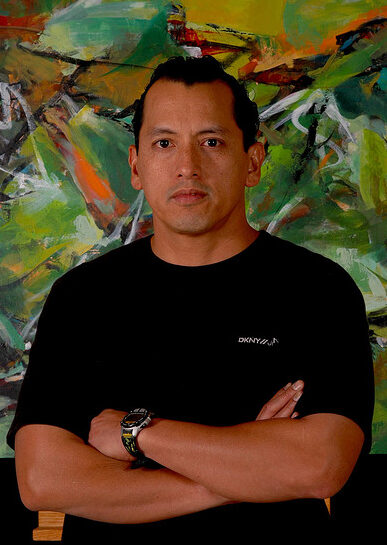Author

Ric R. Castro, an associate professor of art at the University of Guam since the 1990s, is a native Chamorro, raised on the family beach in the north of the island of Guam. Currently associate professor of art at the University of Guam, he is primarily known for his paintings but also does printmaking and stone carving.
Castro studied at the Art Institute of Pittsburgh and holds an associate degree in specialized technology. He won “Best in Show” his final year. He also studied at the University of Pennsylvania where he earned a bachelor of fine arts; and the Pennsylvania Academy of the Fine Arts in Philadelphia where he was awarded a four-year certificate and master of fine arts, and where he received a Ware Travel Award to experience art in France, Germany, Italy, and Spain. Castro is the recipient of other numerous awards and has exhibited his paintings and prints in the continental United States as well as in Japan, Tahiti, and the Philippines.
Castro utilizes his personal experiences and memories of growing up in an island locale to produce expressionistic paintings that strip away the narrative and allow the work to retain a level of ambiguity, unified with energy and movement to keep its audience curious but engaged in spiritual contemplation. His most experimental and personal work merges formalistic qualities of modernism with a dialogue steeped in indigenous meanings. Castro’s quest is not only to discover his cultural identity through art, but also to find his artistic identity through culture.
His aggressive, contemporary abstract style runs contrary to what can be found among many of Guam’s artists who tend toward more traditional forms of realism to convey their perceptions of island life and themes. When Castro works abstract, rather than an idyllic paradise filled with white sand beaches, clear waters and brightly colored flowers, viewers can catch a glimpse of a rougher, more basic, elemental, and primal nature.
For his teaching, Castro is currently in the process of completing a body of loose impasto landscape paintings that provide a visual study of the jungle environment up at the family property in Jinapsan located in the village of Yigo. After this project he will return to the abstract expressionist style he is known for.
